No products in the cart.
Taxation
Byrd & Chen’s Canadian Tax Principles, 2022-2023, Volume 2, 1st edition Gary Donell Byrd Chen Clarence Byrd Test Bank
Byrd & Chen’s Canadian Tax Principles, 2022-2023, Volume 2, 1st edition Gary Donell Byrd Chen Clarence Byrd Test Bank
Byrd & Chen’s Canadian Tax Principles
( Test Bank)
Byrd & Chen’s Canadian Tax Principles, 2022-2023, Volume 2, 1st edition Gary Donell Byrd Chen Clarence Byrd Test Bank
Edition: 2022-2023, Volume 2, 1st edition
Author Name: Gary Donell Byrd Chen Clarence Byrd
contact:
Whatsapp +1 (949) 734-4773
for the Facebook page click here
for more books for ( Test Bank and Solution Manual) click here
For a Solution Manual click here
sample free
Canadian Tax Principles, 2022-2023 (Byrd/Chen)
Canadian Tax Principles, 2022-2023 (Byrd/Chen)
Chapter 11 Taxable Income and Tax Payable for Individuals Revisited
$44.00 $100.00
Byrd & Chen’s Canadian Tax Principles, 2022-2023, Volume 2, 1st edition Gary Donell Byrd Chen Clarence Byrd Test Bank
Byrd & Chen’s Canadian Tax Principles
( Test Bank)
Byrd & Chen’s Canadian Tax Principles, 2022-2023, Volume 2, 1st edition Gary Donell Byrd Chen Clarence Byrd Test Bank
Edition: 2022-2023, Volume 2, 1st edition
Author Name: Gary Donell Byrd Chen Clarence Byrd
contact:
Whatsapp +1 (949) 734-4773
for the Facebook page click here
for more books for ( Test Bank and Solution Manual) click here
For a Solution Manual click here
sample free
Canadian Tax Principles, 2022-2023 (Byrd/Chen)
Canadian Tax Principles, 2022-2023 (Byrd/Chen)
Chapter 11 Taxable Income and Tax Payable for Individuals Revisited
11.1 Online Exercises
1) ITA 110.2 provides for a deduction of “lump-sum payments”, for example a court ordered termination benefit. What tax policy objective is served by this provision?
Answer: Such lump-sum payments often reflect compensation for services rendered over several years. The fact that it is received in a single year can result in significant portions of it being subject to income tax rates higher than would have been the case had it been received over the several years during which it was earned. The deduction of such amounts provides the basis for an alternative income tax payable calculation which attempts to adjust the amount paid to the amount that would have been paid if the amount had actually been received over several years. The objective of such provisions is fairness or equity.
Type: ES
Topic: Lump-sum payments – ITA 110.2
2) The carryover periods for losses varies with the type of loss. Briefly describe the carryover periods that the ITA provides for the types of losses that it identifies.
Answer: The carryover periods for the various types of losses identified in the Income Tax Act and covered in the text up to Chapter 11 are as follows:
- Non-Capital Losses and Farm Losses (including restricted farm losses): 20 years forward and 3 years back.
- Net Capital Loss: Unlimited forward and 3 years back
- Listed Personal Property Losses: 7 years forward and 3 years back.
- Allowable Business Investment Losses: 10 years, as a non-capital loss then converted to net capital loss with unlimited carry forward in year 11.
- Foreign Tax Credits: 10 years forward and 3 years back.
Covered in Chapter 18 are limited partnership losses. They have no carry back and an unlimited carry forward, but only against the partnership income to which they relate.
Type: ES
Topic: Loss carry overs – general concepts
3) When a business has several types of loss carry overs, why is it necessary to keep separate balances for each type?
Answer: There are two reasons for having to track each type of loss carry forward separately. First, different types of losses have different carryover periods (e.g., 20 years for farm losses vs. unlimited for capital losses). Second, some types of losses can only be applied against the equivalent type of income (e.g., capital losses can only be carried over and applied against capital gains).
Type: ES
Topic: Loss carry overs – general concepts
4) Tax advisors will normally recommend that loss carry overs not be used to reduce taxable income to nil for an individual. What is the basis for this recommendation?
Answer: This recommendation reflects the fact that most personal tax credits are non-refundable and cannot be carried over to other years. This means that, unless an individual taxpayer has taxable income and federal income tax payable, the value of these credits is simply lost. This, in effect, is what would happen if various types of loss carry overs were used to reduce taxable income to nil.
Type: ES
Topic: Loss carry overs – individual
5) Briefly describe the income tax treatment of losses on listed personal property.
Answer: Losses on listed personal property can be deducted during the current year, but only against net gains on listed personal property for the year. If the loss cannot be used during the current year, it can be carried back three years or forward seven years.
Type: ES
Topic: Losses – listed personal property
6) If a taxpayer has both net capital and non-capital losses and does not have sufficient income in the current and previous years to claim these amounts, which type of loss should be deducted first?
Answer: There is no clear cut answer to this question. Net capital losses have an unlimited life but can only be carried over to the extent of net taxable capital gains in the carry over period.
This would suggest that, if net taxable capital gains are present in the current year, the use of net capital losses should receive priority. This would be particularly true if additional net taxable capital gains are not expected in future years. In contrast, non-capital losses can be deducted against any type of income.

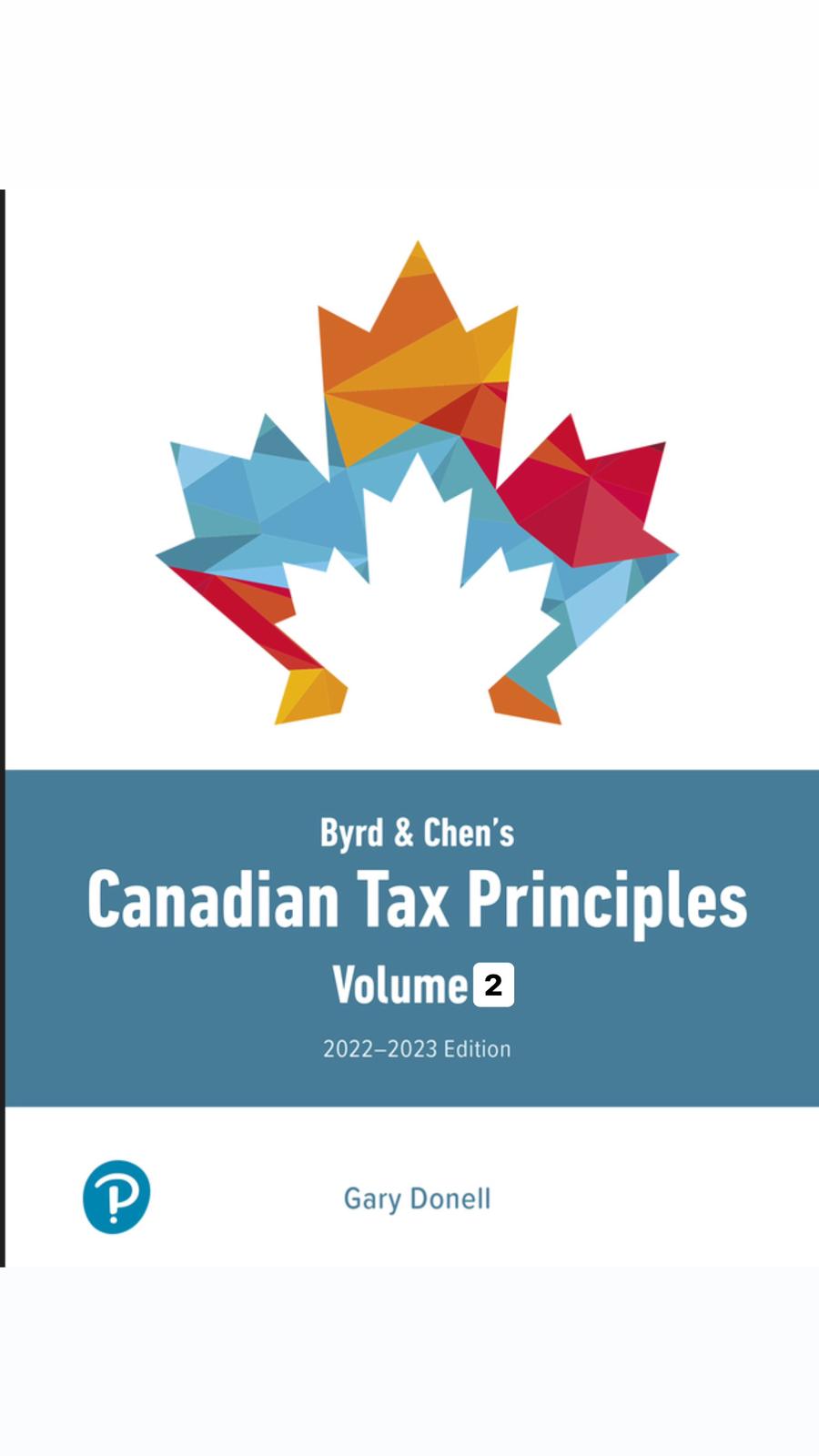
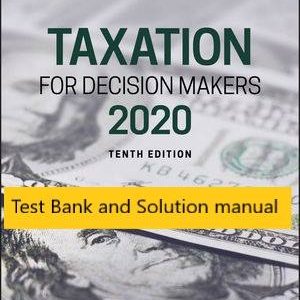
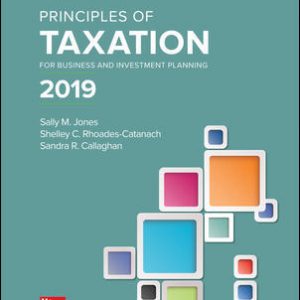
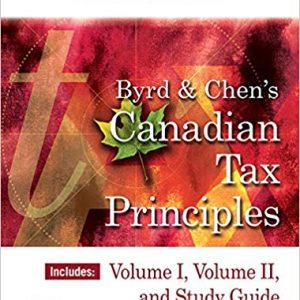
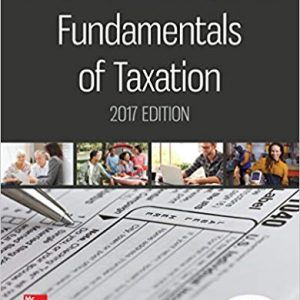

There are no reviews yet.